Search results for 'in'
-
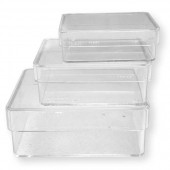
Transparent Containers
Starting at: £1.20
-
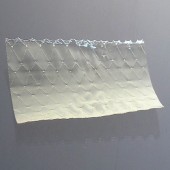
Gelatine Leaf
Starting at: £5.30
-
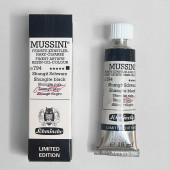
Schmincke Mussini Shungite Black Limited Edition 15 ml
£26.00 -
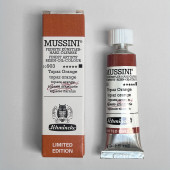
Schmincke Mussini Topaz Orange Limited Edition 15 ml
£26.00 -
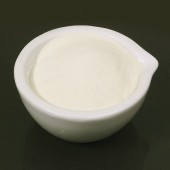
Casein Lactic
Starting at: £15.95
-
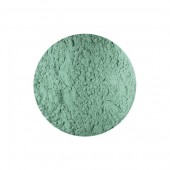
Genuine Malachite Pigment
Starting at: £14.90
-
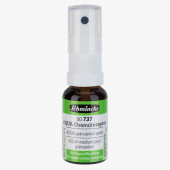
Schmincke Aqua Granulation Spray 15 ml
£8.20 -
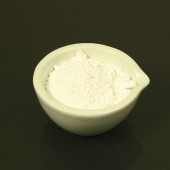
Alumina Hydrate Light
Starting at: £8.30
-
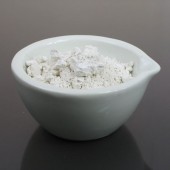
Whiting
Starting at: £4.00
-

Painter's Handbook
£25.00
-
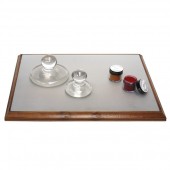
Mixing Slab
Starting at: £24.00
-
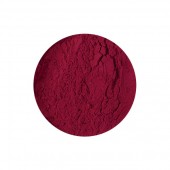
Quinacridone Magenta Pigment
Starting at: £5.50
-
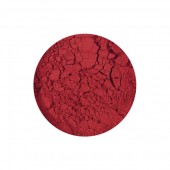
Quinacridone Red Pigment
Starting at: £5.50
-
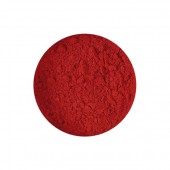
Quinacridone Scarlet Pigment
Starting at: £6.30
-
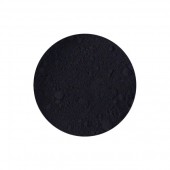
Spinel Black Pigment
Starting at: £8.00
-
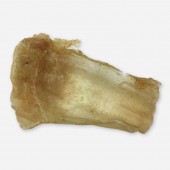
Isinglass
Starting at: £30.10
-
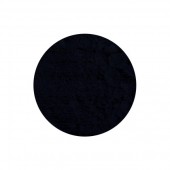
Vine Black Pigment
Starting at: £4.70
-
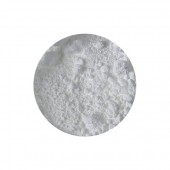
Zinc White Pigment
Starting at: £4.00
-
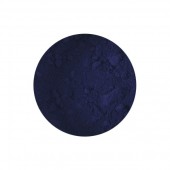
Indigo Blue Synthetic Pigment
Starting at: £5.50
-
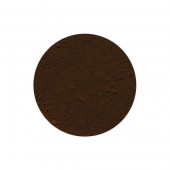
Indian Red Pigment
Starting at: £4.60
-
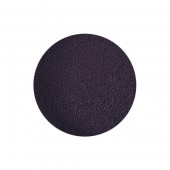
Indigo Blue Genuine Pigment
Starting at: £8.00
-
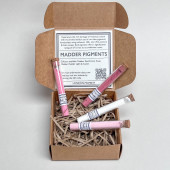
London Pigment, Madder Pigment Set
£40.00Call to Order
-
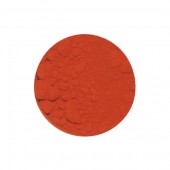
Chrome Yellow Orange Pigment
Starting at: £14.00
Call to Order
-
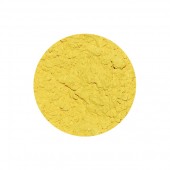
Litharge Pigment
Starting at: £8.00
Call to Order
-
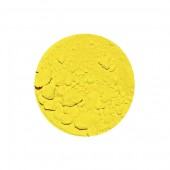
Chrome Yellow Light Pigment
Starting at: £10.00
Call to Order
-
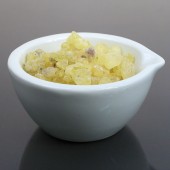
Gum Mastic
Starting at: £20.30
Call to Order
-
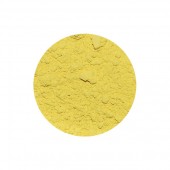
Naples Yellow Light Pigment
Starting at: £7.40
Call to Order
-
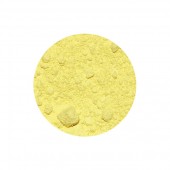
Lemon Yellow Pigment
Starting at: £7.00
Call to Order
-
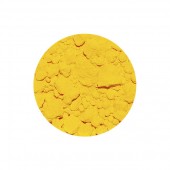
Chrome Yellow Middle Pigment
Starting at: £10.00
Call to Order
-
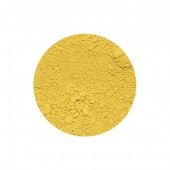
Naples Yellow Dark Pigment
Starting at: £7.40
Call to Order





